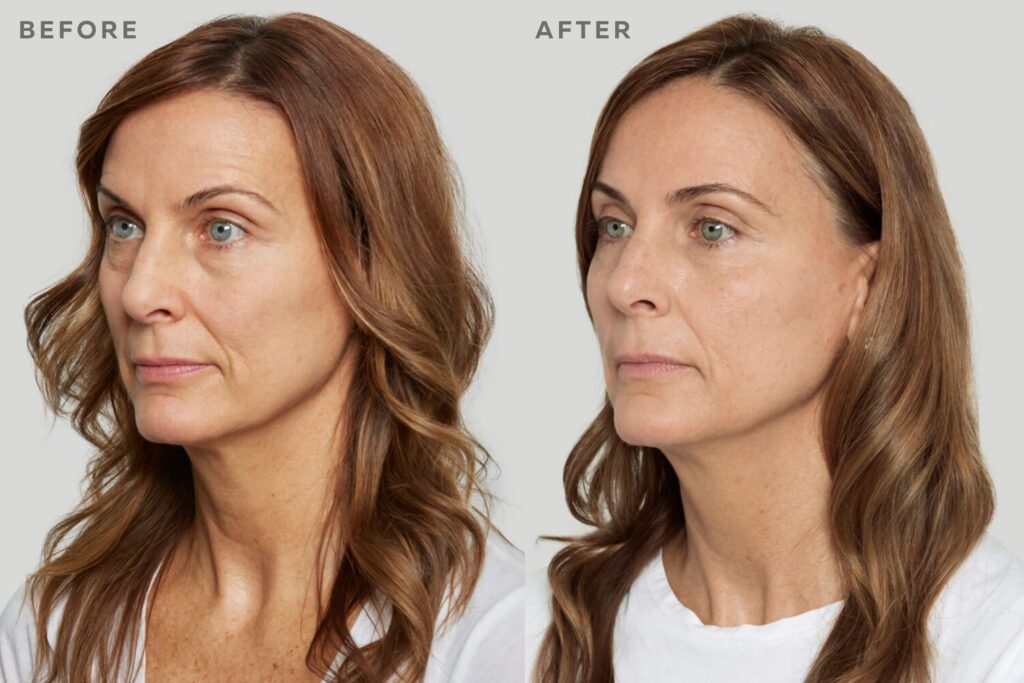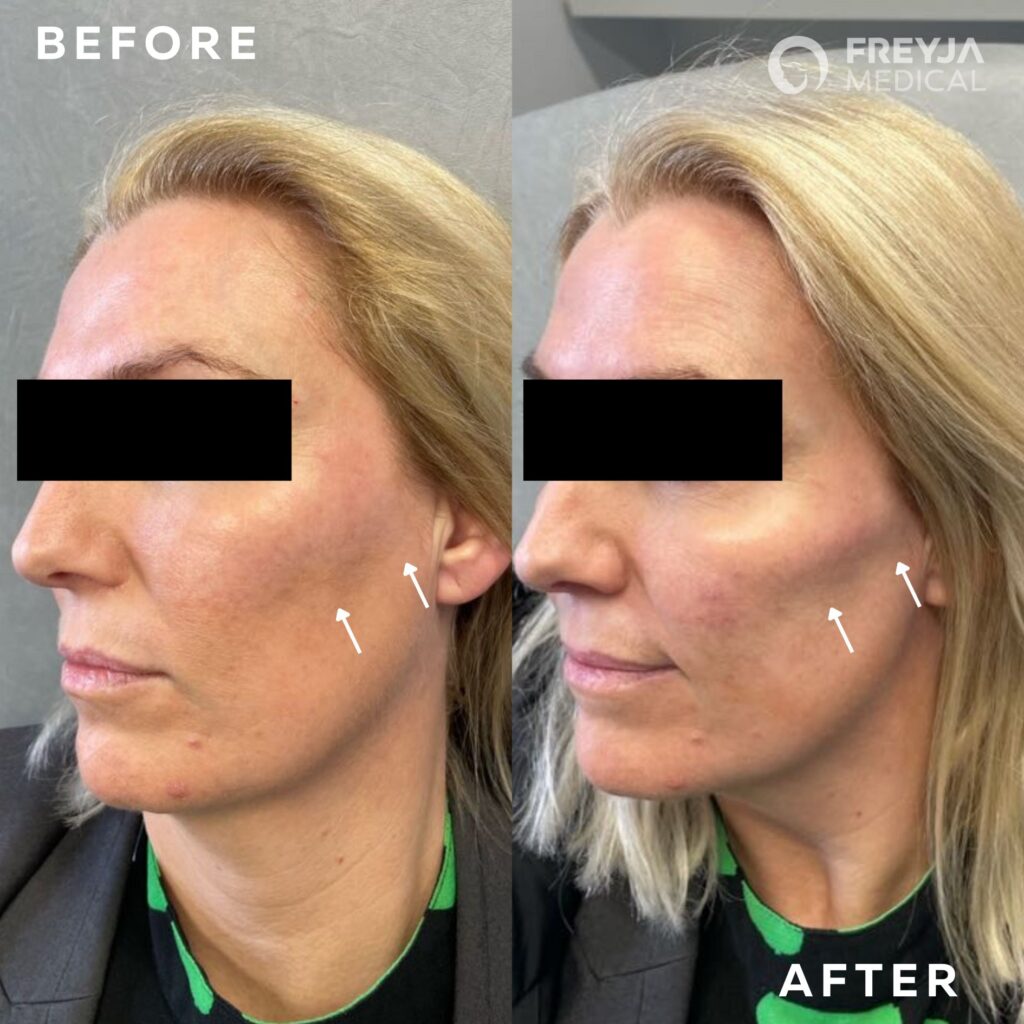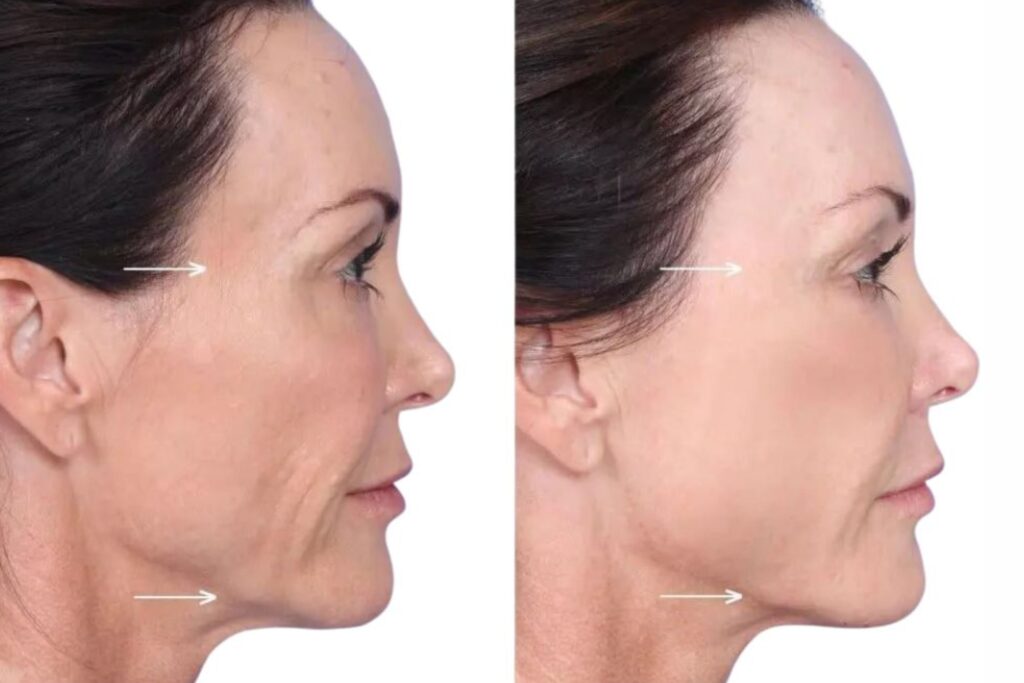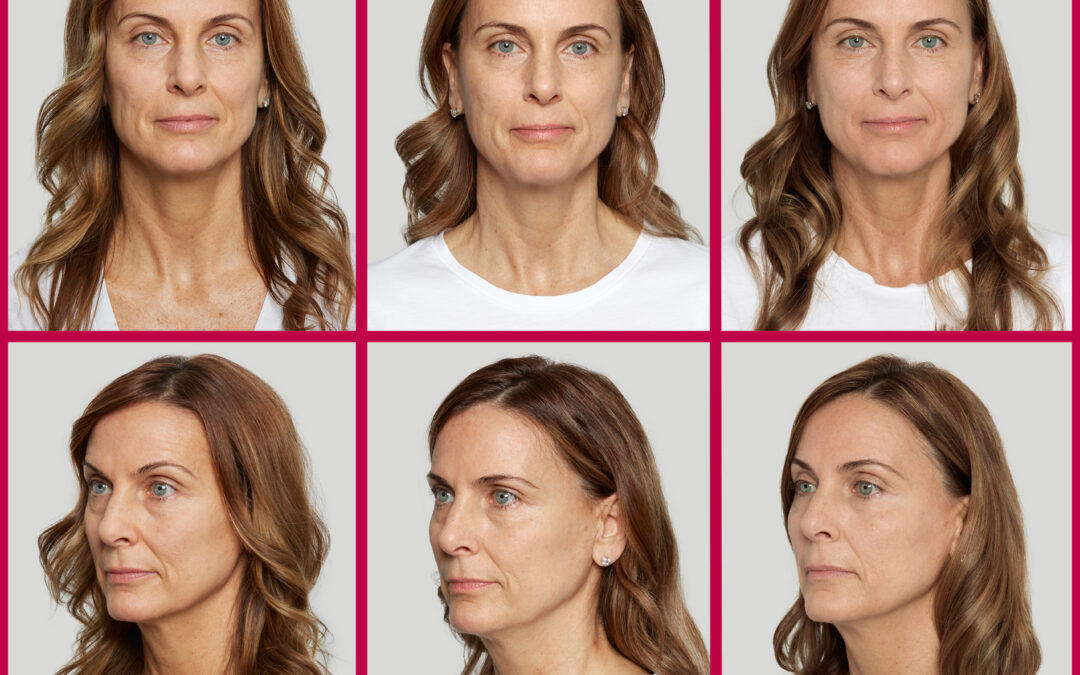Dermal Fillers vs. Sculptra: Understanding the Differences
When it comes to rejuvenating your appearance and combating the effects of aging, Dermal Fillers and Sculptra emerge as popular choices. While both treatments aim for a youthful look, they operate differently and offer distinct outcomes.
In this blog post, we delve into the disparities between Dermal Fillers and Sculptra, shedding light on their unique mechanisms and the results they deliver.
What is Sculptra?
Sculptra is a type of injectable treatment made from poly-L-lactic acid (PLLA), a synthetic substance that is biocompatible and biodegradable. Doctors inject Sculptra into the deep dermis, where it stimulates collagen production. This results in a gradual improvement in the appearance of wrinkles and fine lines, as well as a subtle lift in the cheeks and jawline. The effects of Sculptra can last up to two years – amazing!

What are Dermal Fillers?
Dermal fillers, made from hyaluronic acid, a naturally-occurring substance in the body, are injected into the mid to deep dermis. Dermal fillers work by adding volume to the skin, smoothing out wrinkles and fine lines, and providing structure and lift. The effects of dermal fillers can last anywhere from six months to a year, depending on the type of filler used.

How they work
Sculptra stimulates collagen production, resulting in a gradual improvement in the appearance of wrinkles and fine lines over time. The results look entirely natural as it works to improve any sagging, laxity, and wrinkles. Dermal fillers, on the other hand, add volume to the skin, resulting in an immediate improvement in appearance, but can look unnatural if too much is used or the placement is not quite right. Dermal fillers also do not improve the quality of the skin.
How long it lasts
Doctors often use Sculptra to address subtle aging and skin laxity in the face, jawline, and cheeks, while dermal fillers are used to address volume loss and support of the skin.
Sculptra improves skin sagging and laxity
Both Sculptra and dermal fillers are effective options for those looking to enhance their appearance and improve the signs of aging. However, they work in different ways and provide different results. Some people benefit from one, the other, or both! It’s important to speak with a skin specialist to determine which treatment is right for you.

To discover the ideal solution for your aesthetic goals, consult with a skin specialist today. Schedule your appointment now to explore the best option for you.

